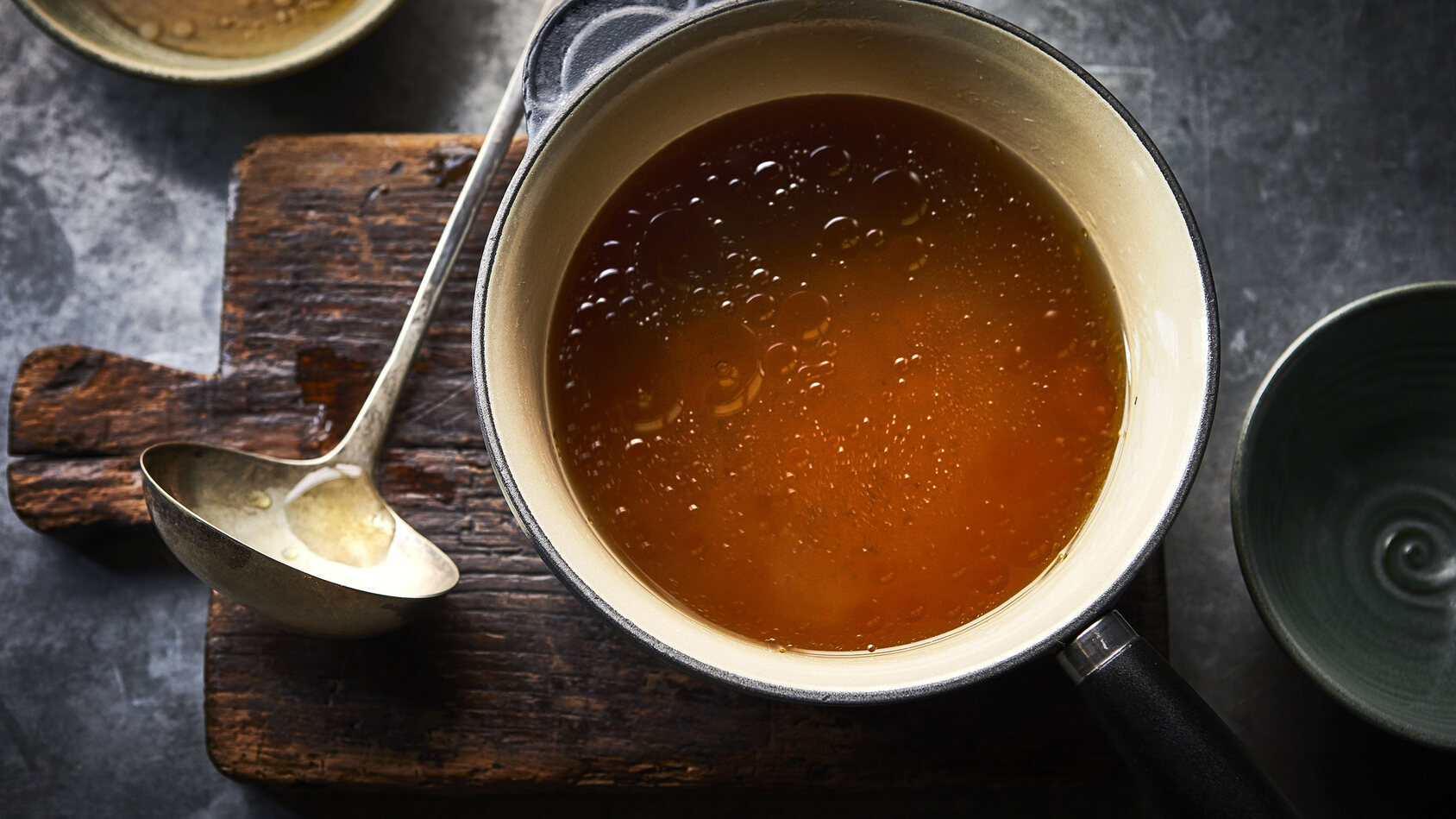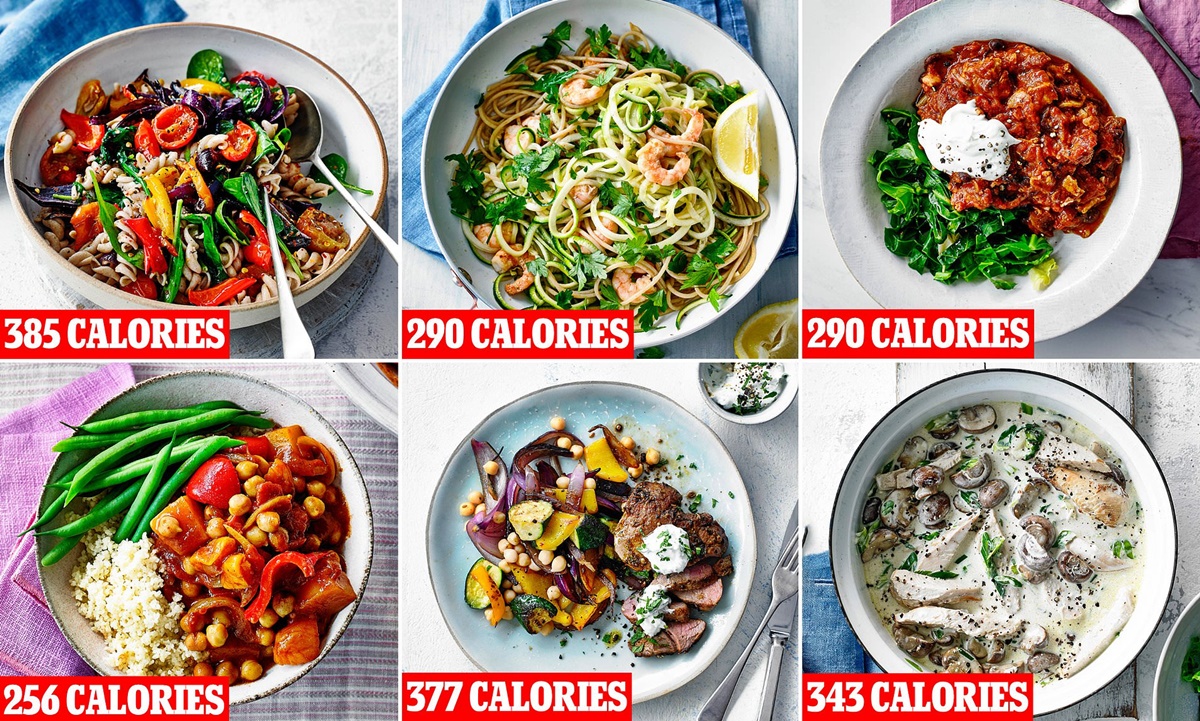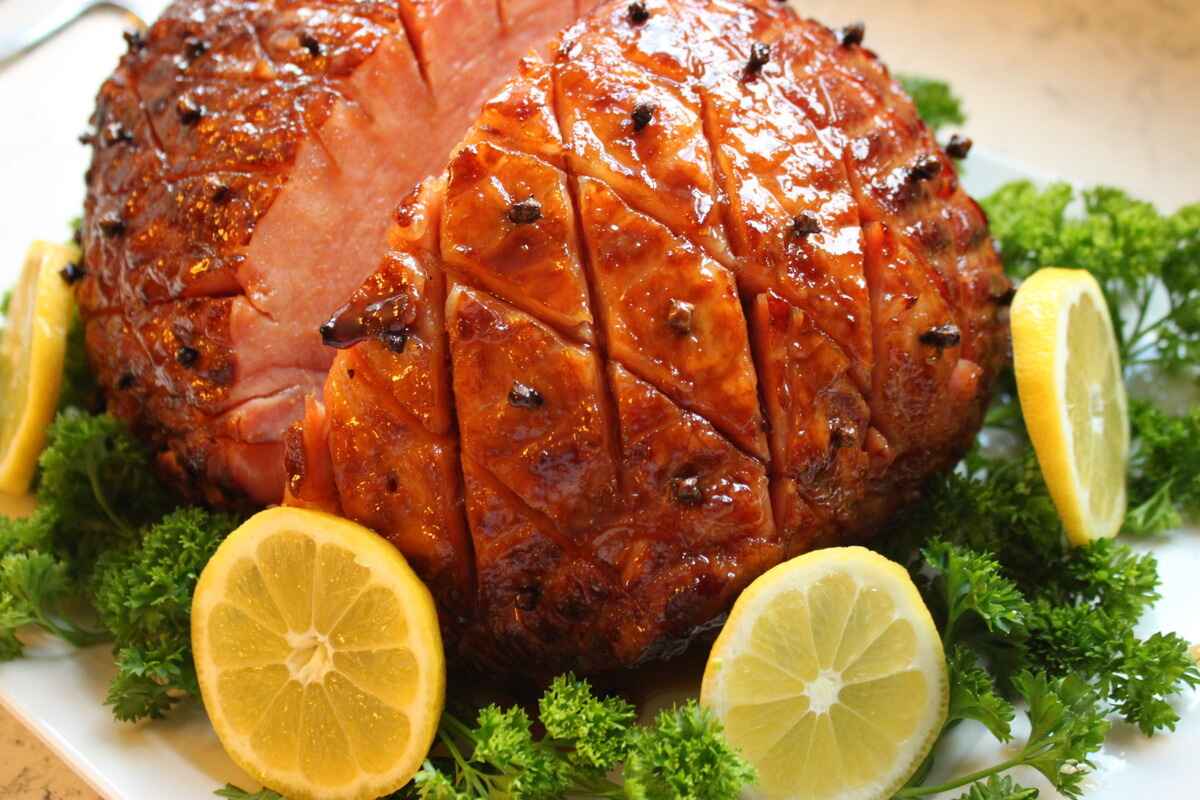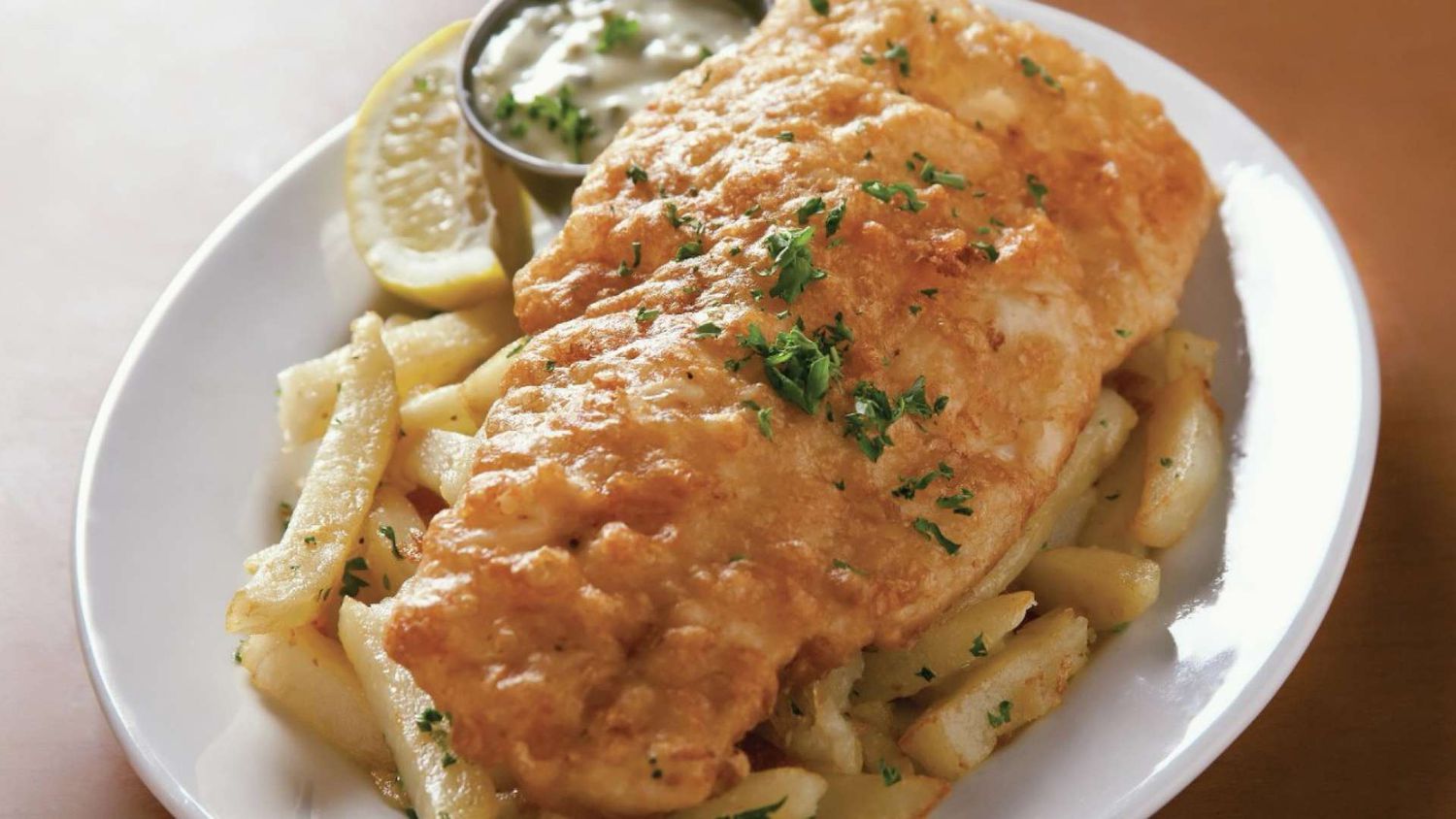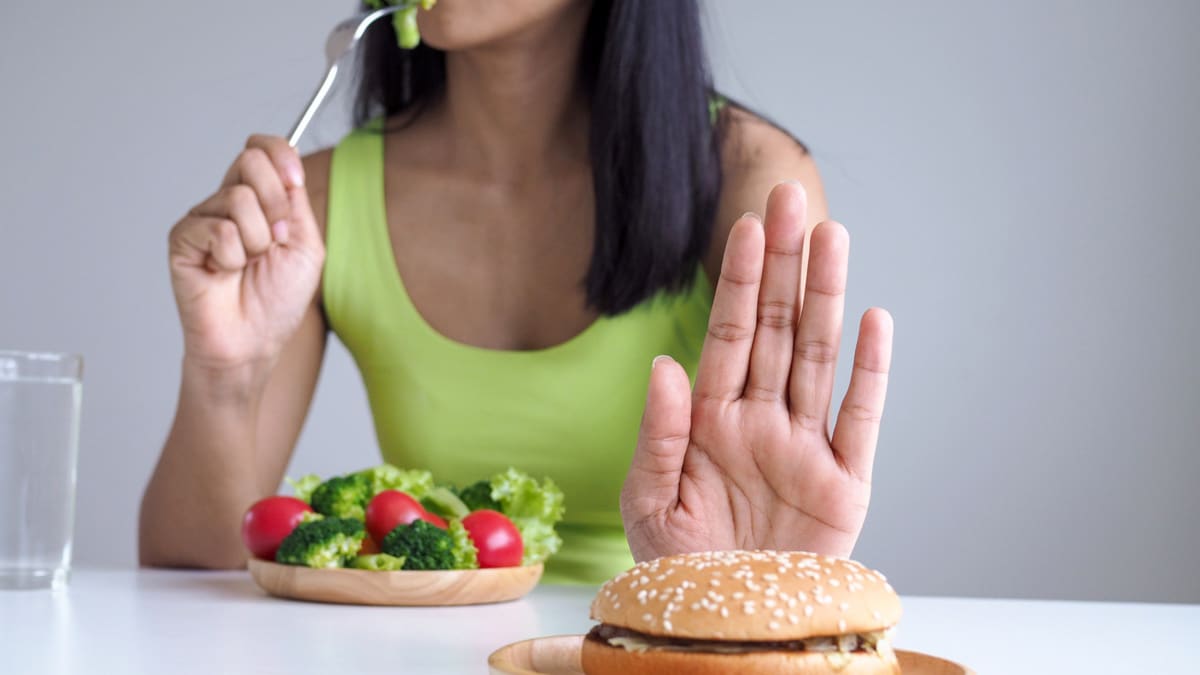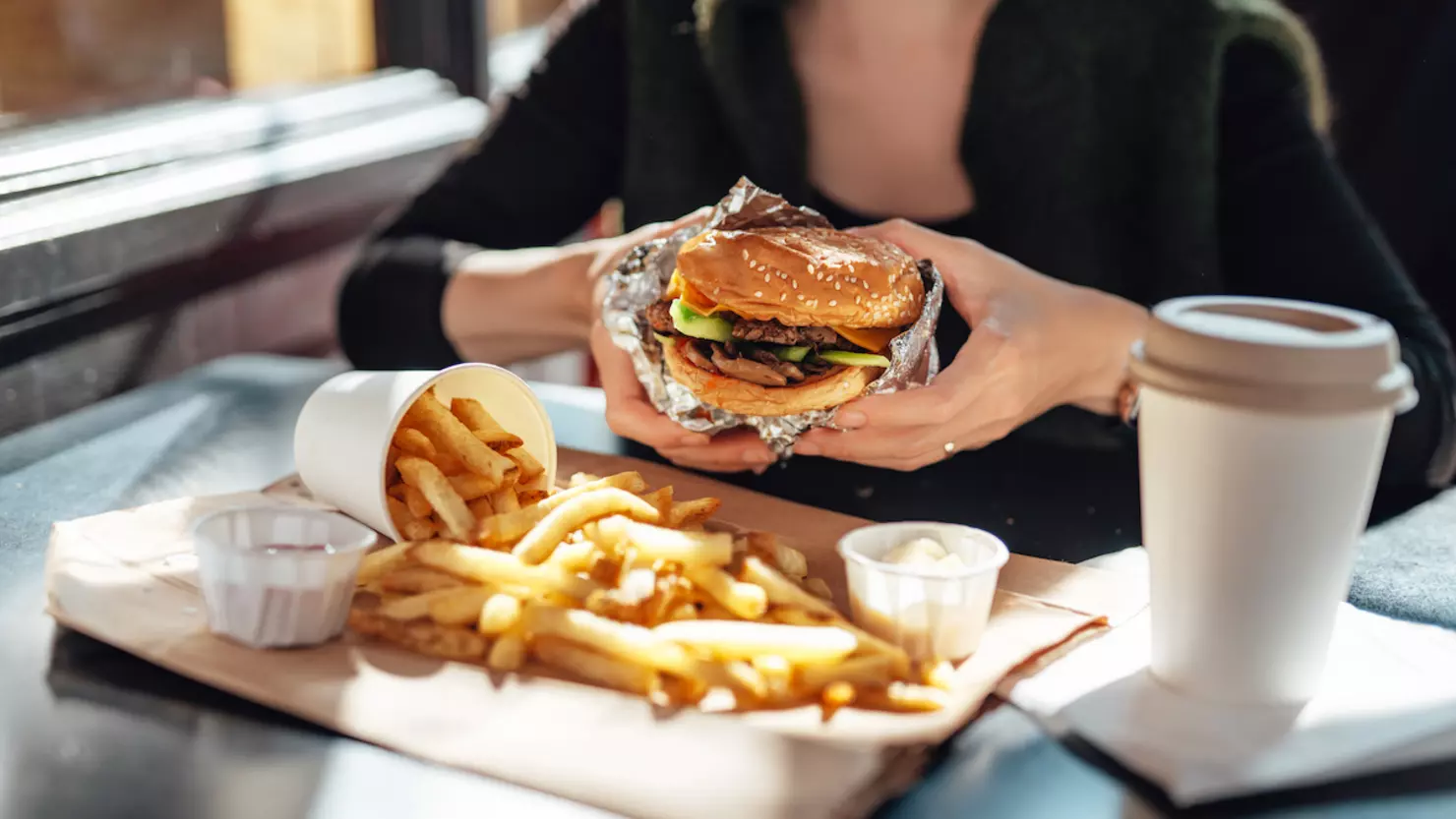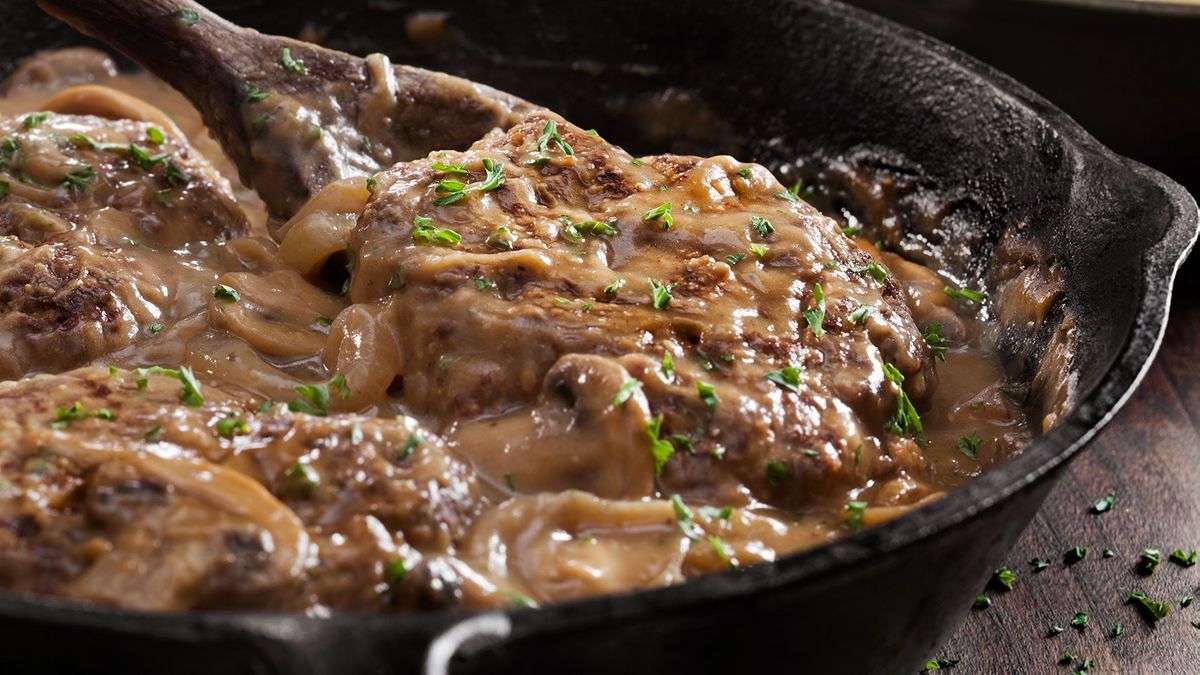How to Eat on a 23-Hour Fast
Intermittent fasting has gained popularity in recent years for its potential health benefits, including weight loss, improved metabolic health, and increased longevity. One popular approach to intermittent fasting is the 23-hour fast, also known as the OMAD (one meal a day) diet. While fasting for 23 hours may seem daunting, it can be a sustainable and effective way to manage weight and improve overall health when done correctly.
What to Eat During the Eating Window
When following a 23-hour fast, it’s crucial to make the most of the one-hour eating window. Here are some tips on how to eat during this time:
- Focus on Nutrient-Dense Foods: Since you have a limited time to eat, prioritize foods that are rich in essential nutrients such as vitamins, minerals, and antioxidants. Opt for plenty of vegetables, fruits, lean proteins, and healthy fats to ensure that you’re getting the nutrients your body needs.
- Stay Hydrated: Drink plenty of water during your eating window to stay hydrated. You can also consume herbal teas or black coffee, but be mindful of added sugars and creamers that may break your fast.
- Avoid Processed Foods: Steer clear of processed and refined foods, as they are often high in unhealthy fats, sugars, and additives. Instead, choose whole, unprocessed foods to support your overall health.
- Listen to Your Body: Pay attention to your hunger and fullness cues during your one-hour eating window. Eat until you feel satisfied, and don’t force yourself to consume a large amount of food if you’re not hungry.
Meal Ideas for a 23-Hour Fast
Here are some meal ideas that you can consider incorporating into your one-hour eating window:
- Grilled Chicken Salad: A generous portion of mixed greens topped with grilled chicken, cherry tomatoes, cucumbers, and a drizzle of olive oil and balsamic vinegar.
- Salmon with Roasted Vegetables: Baked or grilled salmon served with a side of roasted asparagus, bell peppers, and zucchini.
- Quinoa and Vegetable Stir-Fry: A colorful stir-fry made with quinoa, assorted vegetables, and a light soy or teriyaki sauce.
- Greek Yogurt Parfait: Plain Greek yogurt layered with fresh berries, nuts, and a sprinkle of cinnamon for a satisfying and nutritious dessert option.
Considerations and Precautions
While the 23-hour fast can be a beneficial approach for some individuals, it’s essential to consider your individual health status and consult with a healthcare professional before making significant changes to your eating patterns. Additionally, if you have a history of disordered eating or any underlying medical conditions, it’s crucial to approach fasting with caution and seek personalized guidance.
It’s important to note that fasting for 23 hours may not be suitable for everyone, and individual responses to fasting can vary. If you experience any adverse effects or discomfort while following a 23-hour fast, it’s essential to reevaluate your approach and consider alternative fasting methods or dietary patterns that better align with your needs and preferences.
Conclusion
When done mindfully and with attention to nutrient quality, eating during a 23-hour fast can support overall health and well-being. By focusing on whole, nutrient-dense foods and listening to your body’s hunger and fullness cues, you can make the most of your one-hour eating window and reap the potential benefits of intermittent fasting. As with any dietary approach, it’s essential to prioritize individual health and seek professional guidance when needed.
Remember, the key to success with any dietary pattern is finding an approach that is sustainable, enjoyable, and supportive of your overall health and wellness goals.
